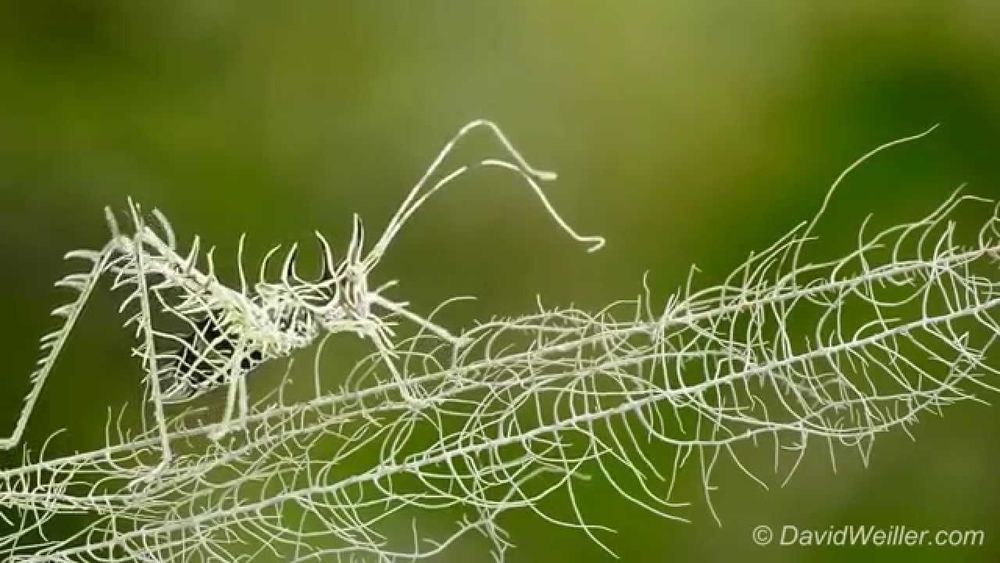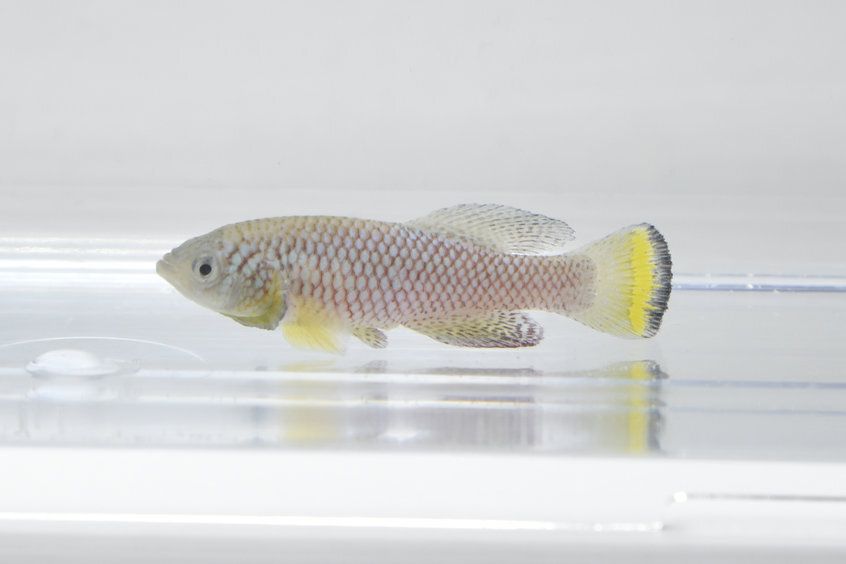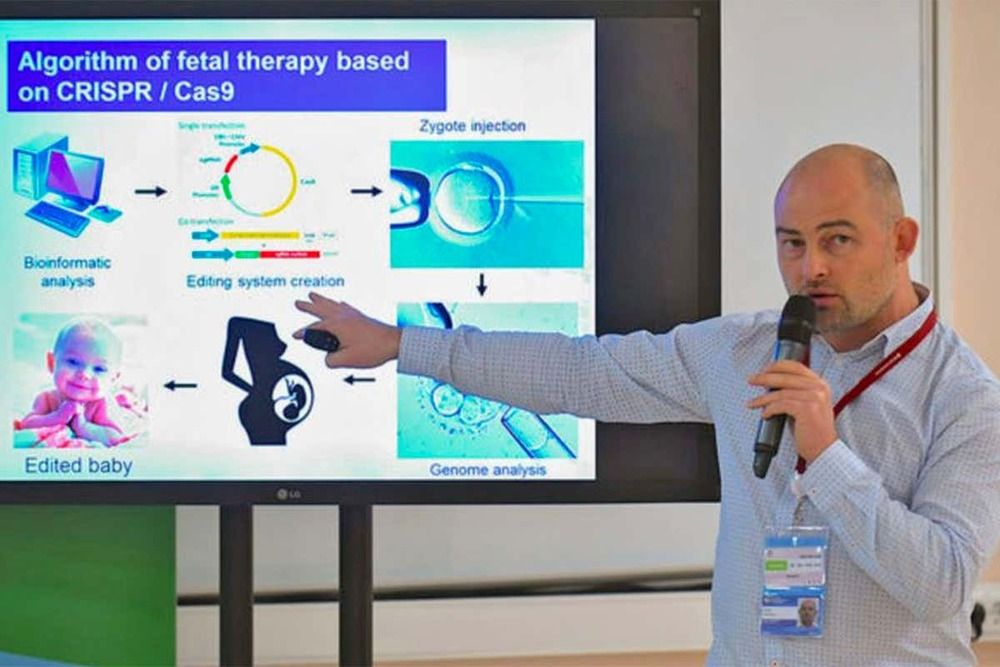Page 8574
Jul 4, 2019
Smarter Fertilizers Can Reduce Environmental Contamination
Posted by Brady Hartman in category: futurism
Jul 4, 2019
Scientists combine light and matter to make particles with new behaviors
Posted by Paul Gonçalves in categories: particle physics, space
Every type of atom in the universe has a unique fingerprint: It only absorbs or emits light at the particular energies that match the allowed orbits of its electrons. That fingerprint enables scientists to identify an atom wherever it is found. A hydrogen atom in outer space absorbs light at the same energies as one on Earth.
Jul 4, 2019
Episode two of this series explores the dawn of the era of a science-based search for truth, in particular, the study of life and the microscopic cells that form our bodies
Posted by Paul Battista in categories: biotech/medical, life extension, science
Click on photo to start video.
With that basic research, mankind found the first major clue to the origins of aging and death. They discovered that some cells in our bodies that may never die. These “immortal cells” and the philosophical shift in thinking they engendered, will likely change medicine as we know it.
Jul 4, 2019
Neutral evolution shapes lifespan and aging
Posted by Paul Battista in categories: biotech/medical, evolution, genetics, life extension
Different African killifish species vary extensively in their lifespans—from just a few months to several years. Scientists from the Max Planck Institute for Biology of Ageing in Cologne investigated how different lifespans have evolved in nature and discovered a fundamental mechanism by which detrimental mutations accumulate in the genome causing fish to age fast and become short-lived. In humans, mutations accumulate mainly in the genes that are active in old age.
Jul 4, 2019
Nikola Tesla Built a Giant Tower to Send Wireless Electricity Around the World
Posted by Quinn Sena in category: futurism
Jul 4, 2019
Gorgeous Footage of a Camouflaged Lichen Katydid Delicately Walking Along Its Matching Branch
Posted by Quinn Sena in category: futurism

Talented wildlife photographer David Weiller has captured absolutely gorgeous footage of a beautiful markia hystrix, better known as a lichen katydid as it delicately walked along the branch of a tree covered in the distinctive white filamentous lichen for which the graceful insect was named. The insect-focused blog Nature and Moretells has more information on these beautiful creatures.
Katydids comprise a diverse group of insects particularly well adapted to survival in rainforest because of their exceptional camouflage. Most katydids are well camouflaged with brown or leaflike green markings. The Lichen Katydid, Markia hystrix (Orthoptera – Tettigoniidae), however, has one of the most incredible camouflages of all. It resembles the pale greenish-white lichens on which it lives in rainforest treetops. Not only does the color match the lichens, but the body and legs have a bizarre assortment of spines and points that blend well with lichens, in fact, so well that this insect is extremely difficult for predator to find.
Jul 4, 2019
This Is the Most Powerful Robot Arm Ever Installed on a Mars Rover
Posted by Genevieve Klien in categories: robotics/AI, space
Last month, engineers at NASA’s Jet Propulsion Laboratory wrapped up the installation of the Mars 2020 rover’s 2.1-meter-long robot arm. This is the most powerful arm ever installed on a Mars rover. Even though the Mars 2020 rover shares much of its design with Curiosity, the new arm was redesigned to be able to do much more complex science, drilling into rocks to collect samples that can be stored for later recovery.
JPL is well known for developing robots that do amazing work in incredibly distant and hostile environments. The Opportunity Mars rover, to name just one example, had a 90-day planned mission but remained operational for 5,498 days in a robot unfriendly place full of dust and wild temperature swings where even the most basic maintenance or repair is utterly impossible. (Its twin rover, Spirit, operated for 2,269 days.)
To learn more about the process behind designing robotic systems that are capable of feats like these, we talked with Matt Robinson, one of the engineers who designed the Mars 2020 rover’s new robot arm.
Jul 4, 2019
Exclusive: Five couples lined up for CRISPR babies to avoid deafness
Posted by Genevieve Klien in categories: biotech/medical, genetics
Russian biologist Denis Rebrikov plans to help five couples who are deaf try CRISPR gene-editing to avoid having a child that inherits the condition.

















